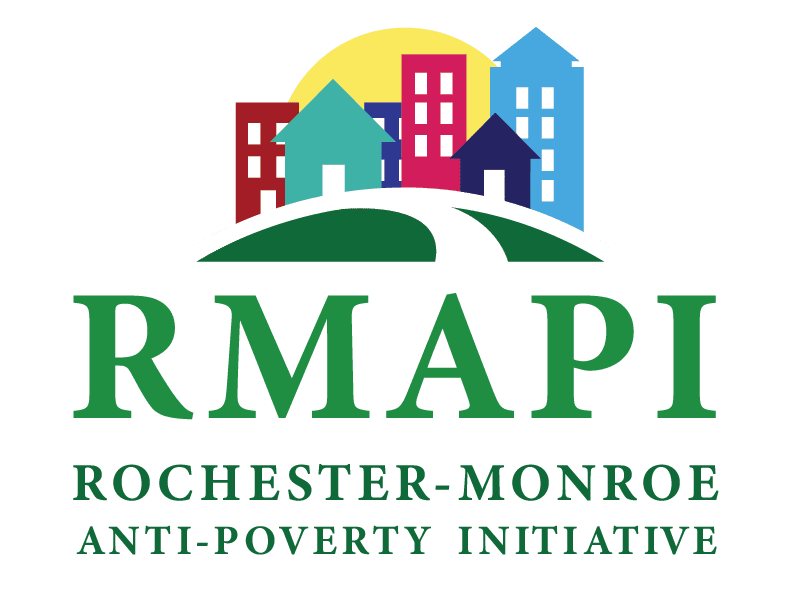Ending Poverty
Poverty in rochester
The poverty statistics for Monroe County, especially in the City of Rochester, are appalling. Almost one third of the population lives below the poverty line. Of these, half live in extreme poverty—meaning that the household income is half of the federal poverty level. But most shocking is the fact that one out of every two children in Rochester lives in poverty.
More than 50 years after President Lyndon Johnson declared the War on Poverty, Rochester, New York faces a crisis. Among comparably-sized U.S. cities, Rochester has:
- The highest rate of childhood poverty.
- The highest rate of extreme poverty.
- The second-highest rate of poverty in the nation.
The poverty statistics for Monroe County, especially in the City of Rochester, are appalling. Almost one third of the population lives below the poverty line. Of these, half live in extreme poverty—meaning that the household income is half of the federal poverty level. But most shocking is the fact that one out of every two children in Rochester lives in poverty.
A 2013 report by the Rochester Area Community Foundation and ACT Rochester served as a wake-up callto Rochester and Monroe County’s growing poverty and highlighted the concentrated, multi-generational nature of the issue in the city. In the area known as “The Crescent,” more than 60% of residents live in poverty. This extreme concentration of poverty manifests itself in limited local employment, housing blight, food deserts and the isolation of the residents of these neighborhoods.
Poverty rates are on the decline in Rochester.
The Rochester-Monroe Anti-Poverty Initiative first brought community members together in 2015, the goal was to address theroot causes of poverty—especially the structural racism that intentionally kept so many of Rochester’s residents trapped in a nearly inescapable cycle of poverty. The coalition aimed to break down and rebuild systems that perpetuate poverty, and has already helped to turn the tide on poverty in Rochester. A report from IBM in 2015 stated that without significant changes, the poverty rate in Rochester would continue to grow and that by 2028, the number of people in poverty would exceed the total populationof those with jobs. Since that report was first published, the once-rapid rate of growth in poverty in Rochester was firstslowed and then reversed. In the latest report from the U.S. Census, the poverty rate for the most recent five-year period decreasedby nearly 10 percent
